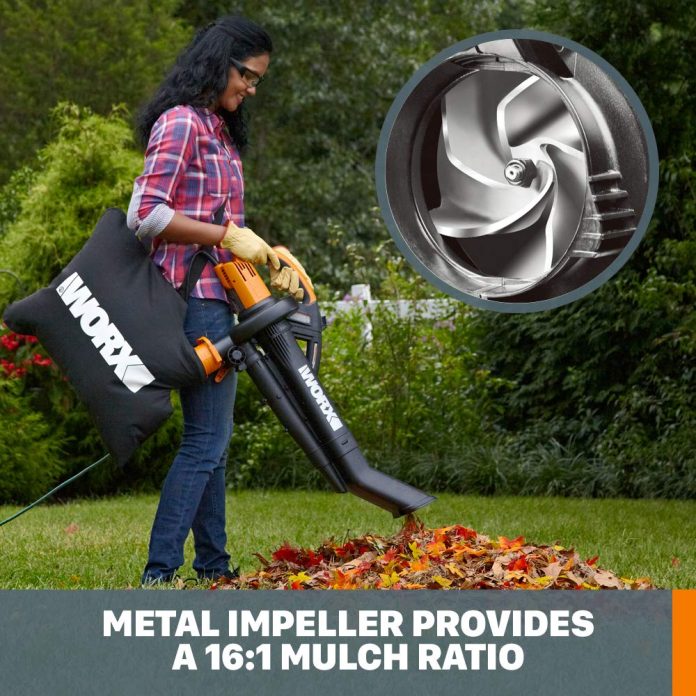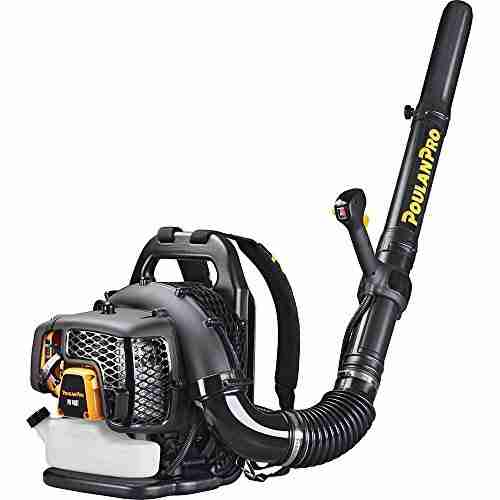When autumn arrives, the colorful leaves fall, creating a picturesque scene. But what happens when rain showers unexpectedly dampen these leaves?
Are our leaf vacuums up to the task? In this article, we will explore whether leaf vacuums have the power to handle wet leaves, preventing us from spending hours raking under the drizzle.
Get ready to discover the truth behind this common dilemma and find out if we can rely on our trusty leaf vacuums all year round.
Can Leaf Vacuums Handle Wet Leaves?
Factors to Consider
When dealing with leaves in our yards, we all want to find the most convenient and efficient method. One popular option is leaf vacuums, which offer a quick and hassle-free way to clean up fallen leaves. However, it is essential to consider whether leaf vacuums can handle wet leaves. Several factors come into play when determining the effectiveness of leaf vacuums on wet leaves, including the type of vacuum, the moisture content of the leaves, and the condition of the vacuum’s suction system.
Effectiveness of Leaf Vacuums on Wet Leaves
Leaf vacuums are primarily designed to tackle dry leaves, but many models claim to be able to handle wet leaves as well. However, it is essential to note that their effectiveness may vary depending on the specific vacuum model and the moisture content of the leaves. In general, leaf vacuums with more substantial suction power tend to perform better on wet leaves due to their ability to handle heavier and clumpier debris.
Pros and Cons of Using Leaf Vacuums on Wet Leaves
Using leaf vacuums on wet leaves can have its advantages and disadvantages. One of the main pros is the convenience it offers. Instead of manually raking or bagging wet leaves, a leaf vacuum can quickly suck them up, saving you time and effort. Additionally, using a leaf vacuum can help reduce the risk of slipping or falling on wet leaves since they are efficiently cleared away.
On the other hand, there are some cons to consider when using leaf vacuums on wet leaves. One of the significant downsides is the potential for clogging. Wet leaves tend to clump together, making it more likely for the vacuum’s intake to become congested.
This can decrease the efficiency of the vacuum and require frequent interruptions to remove blockages. Additionally, wet leaves can be heavier than dry leaves, which may strain the vacuum’s motor more and reduce its overall lifespan.
Tips for Using Leaf Vacuums on Wet Leaves
If you decide to use a leaf vacuum on wet leaves, a few tips can help improve your experience. Choose a leaf vacuum with strong suction power and robust mulching capability.
This will help ensure that the vacuum can effectively handle wet leaves’ additional weight and clumpiness. Additionally, avoiding vacuuming highly wet areas is advisable, as excessive moisture can lead to clogging and potential damage to the vacuum.
Another helpful tip is to use a leaf blower or rake to loosen and scatter the wet leaves before vacuuming. This can help break up clumps and make it easier for the vacuum to pick up the leaves. Additionally, periodically emptying the vacuum bag or container will prevent excessive build-up, ultimately enhancing the vacuum’s performance.
Preventing Clogging and Damage
One of the biggest challenges when using leaf vacuums on wet leaves is the risk of clogging. It is essential to take preventive measures to minimize the chances of clogging. Firstly, avoid using the vacuum on extremely wet or soggy areas, as this increases the likelihood of clogging. Instead, wait for the leaves to dry slightly before using the leaf vacuum.
Another effective way to prevent clogging is to regularly clean or clear any debris from the vacuum’s intake and collection bag. This will ensure the suction remains unobstructed and the vacuum can function efficiently.
Additionally, suppose you notice any signs of clogging or reduced performance, such as decreased suction power or strange noises. In that case, it is essential to stop using the leaf vacuum immediately and address the issue to prevent further damage.
Best Leaf Vacuums for Wet Leaves
Not all leaf vacuums are created equal when handling wet leaves. Some models are specifically designed to handle wet leaves more effectively than others. When shopping for a leaf vacuum, looking for features such as strong suction power, robust mulching capability, and a durable intake system that can handle clumps of wet leaves is essential.
Some top-rated leaf vacuums for wet leaves include the Toro UltraPlus Leaf Vacuum, the Worx Trivac Leaf Blower and Vacuum, and the BLACK+DECKER BEBL7000 Leaf Vacuum.
Alternative Methods for Dealing with Wet Leaves
If using a leaf vacuum on wet leaves is not the right option for you, alternative methods can help you effectively deal with this challenge. One option is to use a leaf blower to blow the wet leaves into manageable piles, which can be easily collected and disposed of.
Another alternative is using a traditional rake to gather and bag the wet leaves manually. Although these methods may require more physical effort and time, they can still be effective, especially if your yard is not too large or you enjoy the physical activity of raking.
Safety Precautions to Follow
When using leaf vacuums – wet or dry leaves – it is essential to follow certain safety precautions to avoid accidents or injuries.
Firstly, always wear protective gloves and goggles to shield your hands and eyes from debris. Wet leaves can be slippery, so wear non-slip footwear to prevent falls.
Additionally, be cautious when operating the vacuum near obstacles such as rocks, branches, or power cords, as they can cause damage to the vacuum or pose a safety risk. Lastly, be mindful of the noise level produced by the leaf vacuum and consider using ear protection if necessary, especially for prolonged use.
Maintenance and Cleaning
Regular maintenance and cleaning are essential to ensure the longevity and optimal performance of your leaf vacuum. After each use, it is vital to empty the collection bag or container and remove any debris or clumps that may have accumulated.
If the vacuum has a reusable collection bag, it can be washed with water and mild detergent to remove any residue.
Additionally, check the vacuum’s intake and suction system for any clogs or blockages and remove them if necessary. Inspecting the vacuum’s blades or impeller periodically and replacing them if they show signs of wear or damage is also recommended.
Conclusion
In conclusion, leaf vacuums can handle wet leaves to some extent. Still, their effectiveness may vary depending on the specific vacuum model, the moisture content of the leaves, and the condition of the vacuum’s suction system.
While using leaf vacuums on wet leaves offers convenience and time-saving benefits, there are some downsides to consider, such as the potential for clogging and increased strain on the vacuum’s motor.
By choosing a suitable leaf vacuum, employing proper techniques, and following safety precautions, you can enhance the effectiveness and longevity of your leaf vacuum when dealing with wet leaves.
If a leaf vacuum proves challenging or unsuitable, alternative methods, such as a leaf blower or manual raking, can still effectively manage wet leaves in your yard.
Ultimately, finding the right approach to handling wet leaves will ensure a clean and well-maintained outdoor space throughout the year.




































